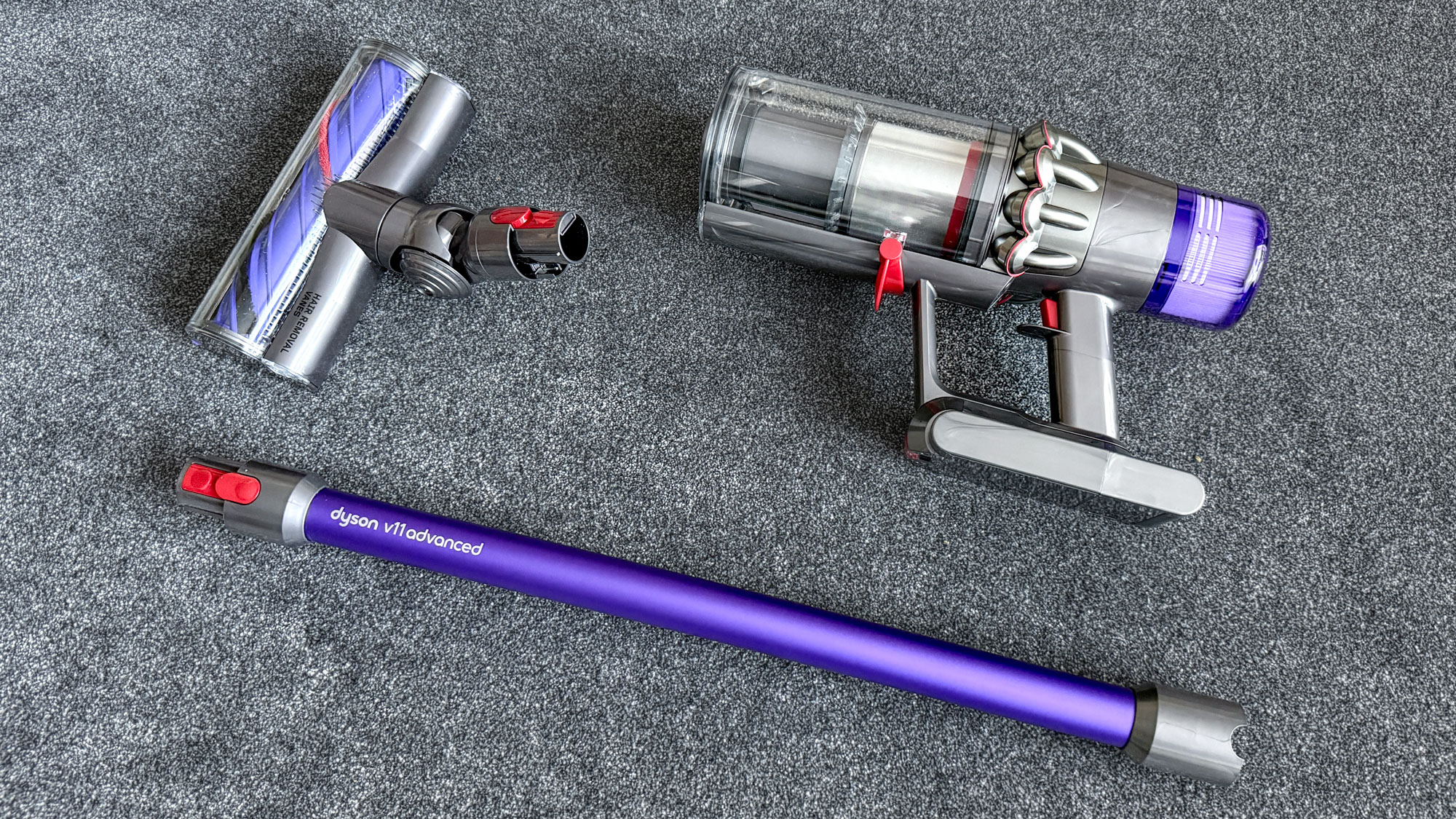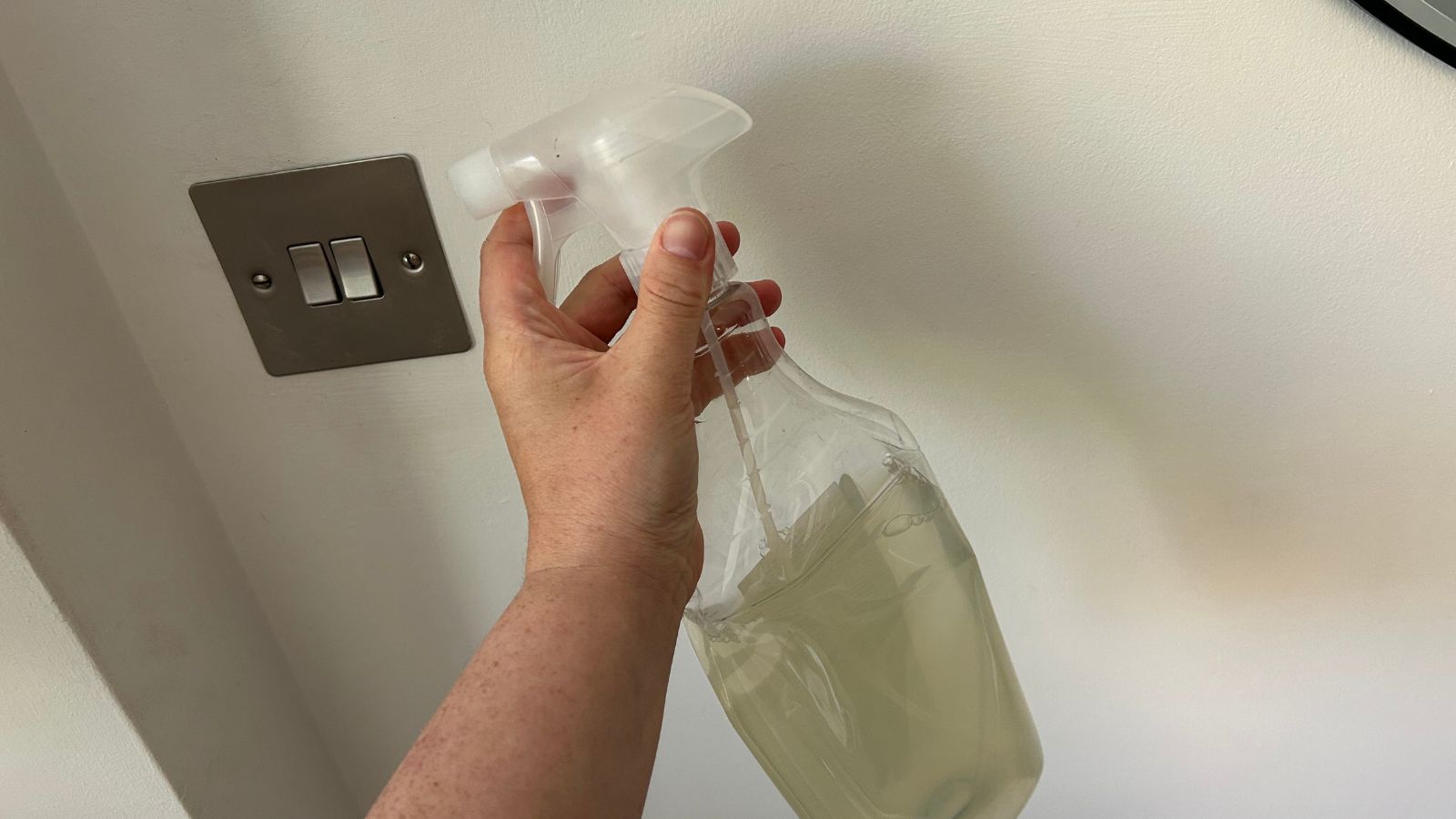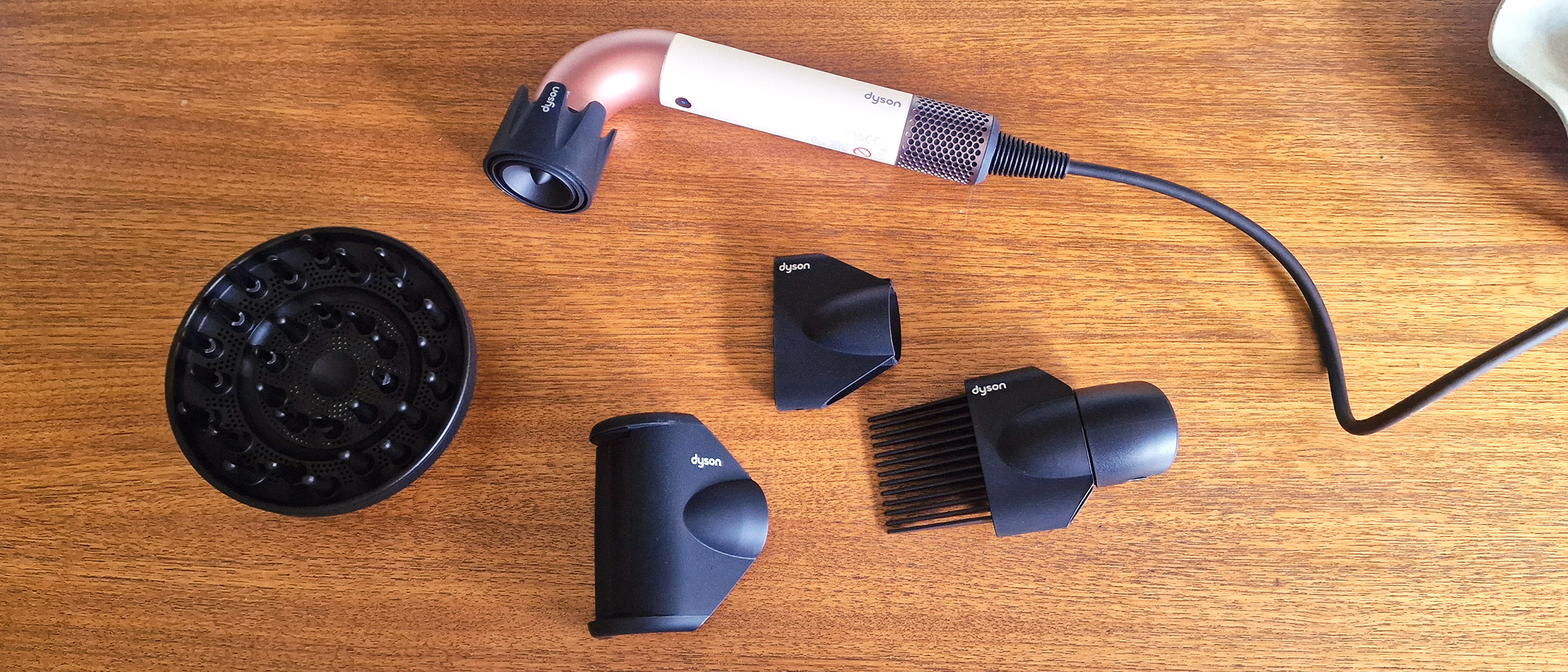How to properly clean your ceiling — and why you should never mop it
TikTok's latest cleaning trend could damage your home, here's what to do instead

Cleaning TikTok has convinced people to mop their ceilings with soapy water, but this trend could actually cause damage to your home.
While keeping your ceiling clean is important for preventing mould and dust, using a wet mop overhead is one of the worst ways to tackle the job.
Before you grab that mop and bucket, here's what you need to know about safely cleaning your ceiling without creating expensive problems down the line. The right approach protects your home while still getting rid of dust, cobwebs, and stains that accumulate over time.
Understanding why ceiling cleaning matters and which methods actually work will save you from costly repairs while keeping your home healthier. Let's break down the safe way to tackle this often-overlooked cleaning task.
Why your ceiling actually needs cleaning

Your ceiling plays a bigger role in your home's cleanliness than you might realize. Over time, ceilings accumulate dust, dirt, and other airborne particles that can affect indoor air quality.
As air circulates through your space, these contaminants become airborne again, potentially causing respiratory issues and triggering allergies.
In kitchens and bathrooms, accumulated grime creates ideal conditions for bacteria and mold growth. Beyond health concerns, dirty ceilings collect cobwebs, stains, and discoloration that looks unpleasant, even if everything else is spotless.
Regular ceiling maintenance removes these contaminants, improving air quality and keeping your living space looking fresh. You probably don't notice how much your ceiling affects the overall appearance of a room until you actually clean it.
The risks of mopping your ceiling
Despite what cleaning influencers suggest, mopping your ceiling with water is asking for trouble. Most modern homes use plasterboard ceilings, while older buildings typically have traditional plaster. Both materials are porous, meaning they absorb water easily.
When you saturate these materials with soapy water from a mop, several problems can occur:
- Water damage: Excess moisture creates watermarks
- Mold growth: Trapped moisture creates ideal conditions for hidden mold
- Structural damage: Too much water can weaken the plasterboard
The right way to clean your ceiling
Start with dry cleaning methods.

The safest approach begins with removing loose dust and debris without any moisture. Use a long-handled duster or vacuum cleaner with an extended attachment to reach your ceiling safely. If using a vacuum, attach the soft brush head and use a low power setting to avoid damaging textured surfaces.
Work systematically across the ceiling, paying special attention to corners where cobwebs typically accumulate. This dry cleaning removes most surface dirt and is often all your ceiling needs.
Awarded best cordless in our buying guide, this Shark model is a powerful cordless vacuum with HEPA filter. It also 30% lighter, with handy swivel steering to get into awkward spots. Its self-cleaning brush roll can quickly deep clean carpets and hardwood. And it comes with a handy self-emptying and charging base.
When you must use moisture

For stubborn stains or spots that dry cleaning can't handle, minimal moisture is key. Mix a few drops of mild dish soap with warm water, or create a 50/50 solution of white vinegar and water in a spray bottle.
Lightly dampen a microfiber cloth, wringing it out thoroughly until it's barely moist. Clean small sections at a time using overlapping strokes, then immediately follow with a clean, damp cloth to remove soap residue.
Finish each section with a completely dry cloth to absorb any remaining moisture.
Handle mold carefully

If you discover mold stains, you'll need a mold remover solution applied sparingly to affected areas.
Even when dealing with mold, keep moisture to a minimum and ensure excellent ventilation to speed drying. Never soak moldy areas with water, as this can spread spores and worsen the problem.
Now you've learned how to approach cleaning your ceiling, why not take a look at our other useful guides?
Get instant access to breaking news, the hottest reviews, great deals and helpful tips.
Don't miss I do this every week to extend the life of my kitchen appliances — here's why you should too. If your Dyson has stopped working, here's 5 reasons why and how to fix them.
And if you own a wet and dry vacuum, don't miss these 7 steps to keep it running like new.

Kaycee is Tom's Guide's How-To Editor, known for tutorials that skip the fluff and get straight to what works. She writes across AI, homes, phones, and everything in between — because life doesn't stick to categories and neither should good advice. With years of experience in tech and content creation, she's built her reputation on turning complicated subjects into straightforward solutions. Kaycee is also an award-winning poet and co-editor at Fox and Star Books. Her debut collection is published by Bloodaxe, with a second book in the works.
You must confirm your public display name before commenting
Please logout and then login again, you will then be prompted to enter your display name.

